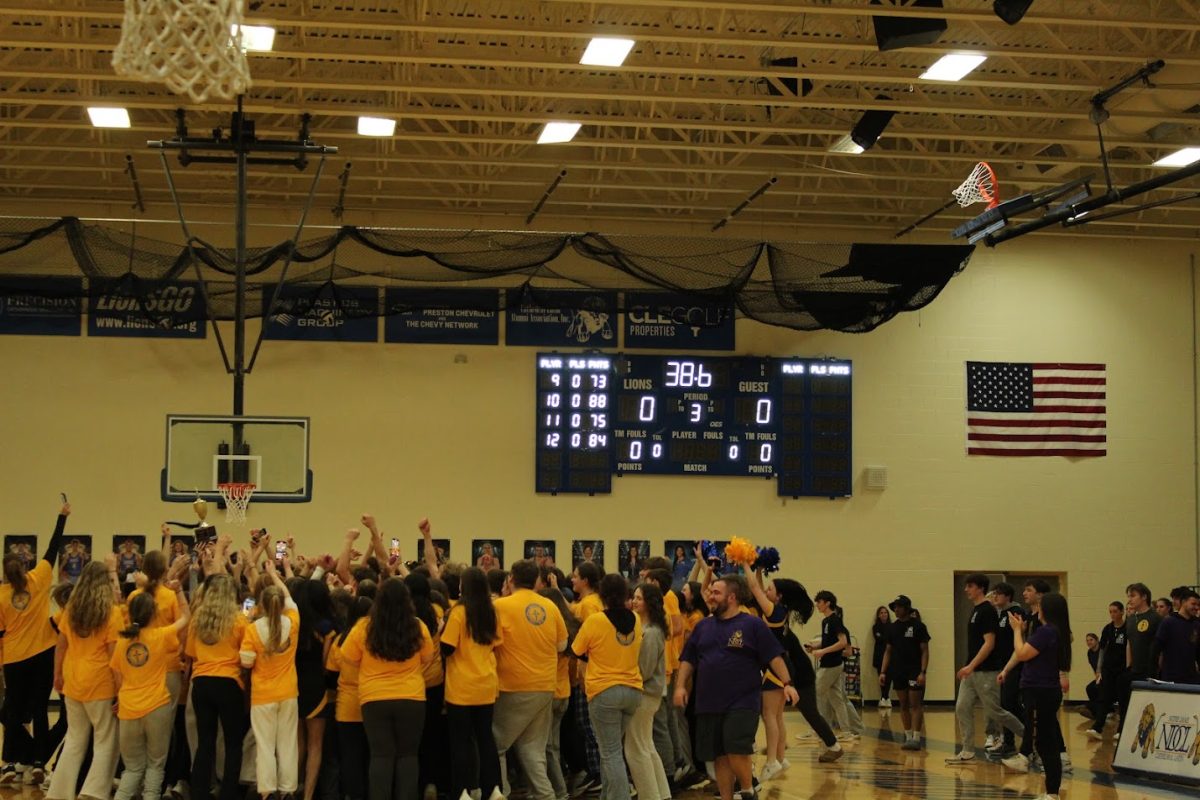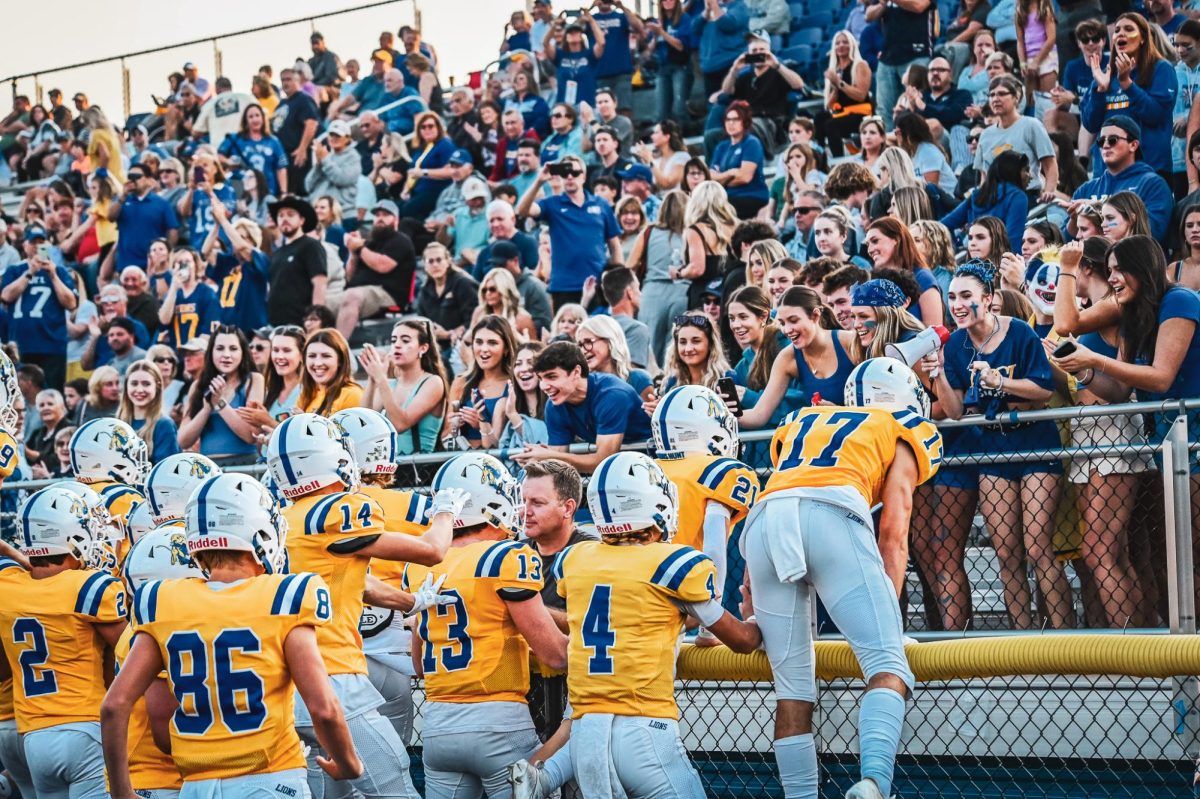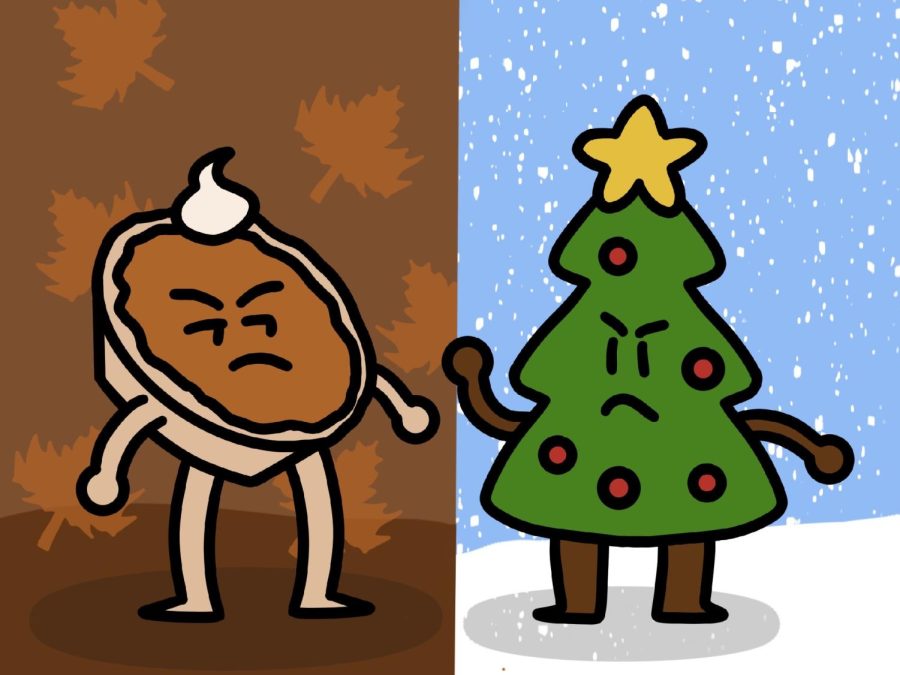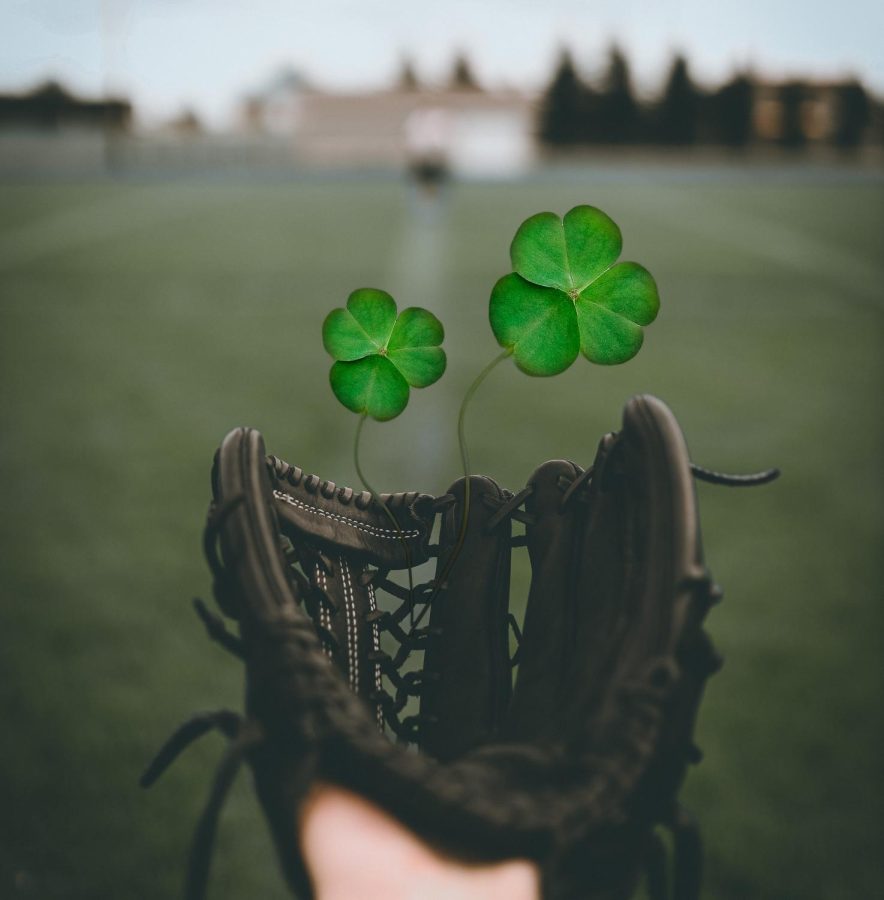Athletic Superstitions?
What Do You Believe
April 5, 2023
Athletic superstitions are beliefs or practices that athletes hold onto in the idea that they can help them perform better in their sports. These superstitions vary from athlete to athlete, but they all share one common characteristic – the belief that they have some influence on the outcome of a game or competition. Superstitions in sports have been around for as long as sports themselves and have become an essential part of sports culture.
The origins of athletic superstitions can be traced back to ancient civilizations such as the Greeks and the Romans, who believed in the power of rituals and lucky charms. Today, athletes still believe in the power of these rituals and lucky charms to help them win games. Superstitions in sports range from pre-game rituals, such as listening to music or wearing lucky socks, to more extreme practices, such as not washing a uniform until the end of the season or wearing the same underwear for every game.
One of the most famous superstitions in sports is the concept of the lucky charm. A lucky charm is an object that an athlete carries with them to bring them good luck. The lucky charm can be anything from jewelry to a stuffed animal. The belief in the power of the lucky charm is so strong that many athletes refuse to compete without it. Michael Jordan, for example, wore his University of North Carolina shorts under his Chicago Bulls uniform throughout his career. He believed the shorts brought him good luck and helped him perform better.
Another common superstition in sports is the pre-game ritual. Many athletes have a pre-game routine to get into the right mindset for competition. These rituals can include anything from listening to music to performing specific exercises. For example, Serena Williams bounces the tennis ball five times before her first and twice before her second serve. She has been doing this since childhood, becoming essential to her pre-game routine.
Superstitions in sports are not limited to just individual athletes. Entire teams can have superstitions that they believe bring them good luck. The most famous team superstition is the Curse of the Bambino. This superstition began when the Boston Red Sox traded Babe Ruth to the New York Yankees in 1919. The Red Sox had won five of the first 15 World Series, but after selling Ruth, they went 86 years without winning another championship. The curse was finally broken in 2004 when the Red Sox won the World Series.
Even though many people may view athletic superstitions as irrational or illogical, they remain an essential part of sports culture. The belief in the power of superstitions is so strong that many athletes will go to great lengths to maintain them. For example, Wade Boggs, a former Major League Baseball player, ate chicken before every game, believing it helped him perform better. His superstition was so strong that he refused to play in a game because he did not get his pre-game chicken.
In conclusion, athletic superstitions are a fascinating aspect of sports culture that has been around for centuries. From lucky charms to pre-game rituals, athletes believe that these superstitions have the power to influence the outcome of a game or competition. While some people may view these beliefs as irrational, they are essential to sports culture. As long as athletes believe these superstitions can help them perform better, they will continue to be an integral part of sports culture.



















